In the world of self-publishing, content is king; however, the visual appeal of your book’s interior design is critical in captivating readers and ensuring a memorable reading experience. A well-designed book interior not only enhances the aesthetic appeal of your work but also supports the clarity and readability of your text, adding depth to your storytelling and leaving a lasting impression on your readers.
In this article, we will delve into the power of visual storytelling and explore essential techniques for designing engaging book interiors. We will discuss the importance of typography, layout, and visual elements in contributing to an immersive reader experience. Additionally, we will highlight the exceptional support and resources offered by Presto Page, a company dedicated to providing self-publishers with cost-effective book printing, exceptional customer support, and the tools for success in a competitive market.
Experience the transformative impact of captivating book design as you partner with Presto Page to bring your literary vision to life and delight your readers with a visually stunning and engaging book interior.
Typography: Choosing the Right Fonts and Styles for Your Book
Typography is crucial in shaping your book’s visual appeal and enhancing readability. When selecting typefaces and formatting text, consider the following factors to create an engaging reading experience:
- Font Selection: Choose fonts that reflect the tone and genre of your book while maintaining legibility. Opt for a serif font for body text, offering better readability. Titles and headers can utilize decorative or display fonts, but only if they complement the overall design and do not impede understanding.
- Font Size and Line Spacing: Select an appropriate font size, typically between 10 and 12 points for body text, to ensure comfortable reading. Adjust line spacing (leading) to balance text density and whitespace, allowing for optimal readability.
- Hierarchy and Formatting: Establish a clear hierarchy of headings, subheadings, and body text by using various font sizes, weights, and styles. Pay attention to kerning, tracking, and alignment to ensure your text is visually balanced and cohesive.
Layout Design: Creating a Seamless and Engaging Reading Experience
An effective layout complements your book’s content, guiding readers through the narrative and providing an enjoyable reading experience. Consider these layout design principles when crafting your book’s interior:
- Page Margins and Gutter: Allocate sufficient margin space around the text, factoring in room for the binding (gutter). This ensures your content is not cramped, enhancing readability and allowing for a comfortable reading experience.
- Running Headers and Footers: Utilize running headers and footers to display information such as book title, chapter title, author name, or page numbers. Ensure consistency in formatting and alignment to maintain a professional appearance.
- Customized Chapter Titles, Scene Breaks, and Subheadings: Design unique and consistent chapter titles, scene breaks, and subheadings to distinguish between different sections of your book and add visual interest to your layout.
Visual Elements: Incorporating Imagery, Illustrations, and Graphics
Incorporating visual elements into your book can enrich your storytelling, engage readers, and create a distinctive reading experience. Explore the following visual components when designing your book’s interior:
- Illustrations and Images: Include illustrations or images that complement your book’s content and reinforce your storytelling. Ensure images are high quality and appropriately sized to maintain visual clarity.
- Decorative Elements: Utilize decorative elements, such as borders, dividers, or ornaments, to embellish your book’s interior and create a unique and captivating design.
- Charts, Tables, and Diagrams: Implement charts, tables, or diagrams to convey complex information clearly and concisely within your book. Format these visual components consistently to maintain a cohesive design.
Unlock the Full Potential of Your Story with Presto Page
Captivating book interior design plays an invaluable role in the success of your self-published work, transforming your manuscript into an engaging, visually stunning, and immersive reading experience. Presto Page, committed to providing cost-effective book printing and exceptional customer support, empowers self-publishing authors to create visually compelling book interiors and maximize their storytelling impact.
Leverage Presto Page’s expertise to bring your literary vision to life and experience the transformative power of stunning book design. Reach out to our team of print-on-demand publishers today to receive tailored guidance and assistance in crafting a visually engaging book interior and embark on your journey toward literary success with confidence.

